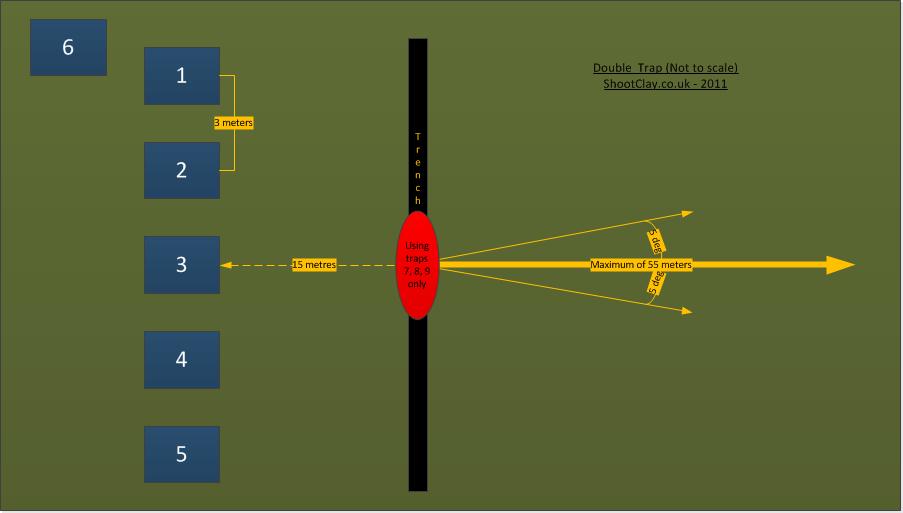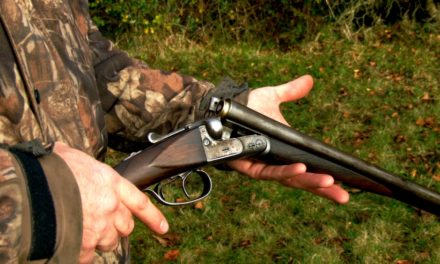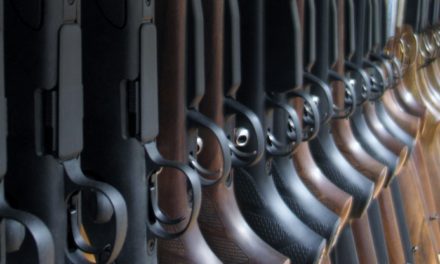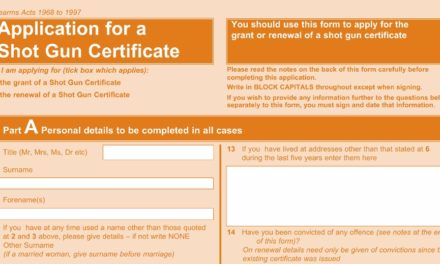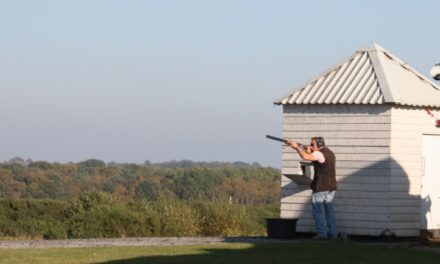The second in our series of articles (see our previous Olympic Trap post) describing the disciplines that will be featured in the London 2012 Olympics – this time round, we’re looking at Double Trap.
Double Trap uses the same shooting layout as Olympic Trap – but as the name implies shooters are presented simultaneous pairs. There are no singles in Double Trap shooting.
The Double Trap set-up uses traps 7, 8 and 9 from the Olympic Trap trench – the ones sited directly in front of the center line.
- Trap 7 (on the left) – throws targets to the left (up to 5deg from the centre line)
- Trap 8 (center) – throws straight away targets
- Trap 9 (on the right) throws targets to the right (up to 5deg from the centre line)
The vertical elevation of targets is 3 to 3.5 meters at a distance of 10m from the trap. Maximum distance covered by a target is 55 meters.
The sequence of targets released is referred to as a scheme. Each competition is run over three schemes ensuring that shooters shoot the same schemes.
- Scheme One – uses the middle and left trap only
- Scheme Two – uses the middle and right trap only
- Scheme Three – uses the left and right trap only
Scheme three is the hardest of the sequence and is used in the final of a competition.
Full details of the Double Trap rules are covered on the ISSF website.
Double Trap competitions are set over 150 targets – three sets of 25 pairs – the maximum score of 150ex150 has not been scored yet – 148 is the current world record. – set by Vitaly Fokeev from Russia in Chile in March 2011. Women do not currently compete in Double Trap at the Olympics.
The current Olympic Champion at Double Trap is Walton Eller of the USA – with a score of 145ex150 at the Beijing Games in 2008.


